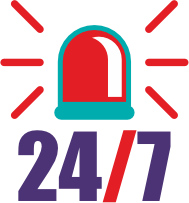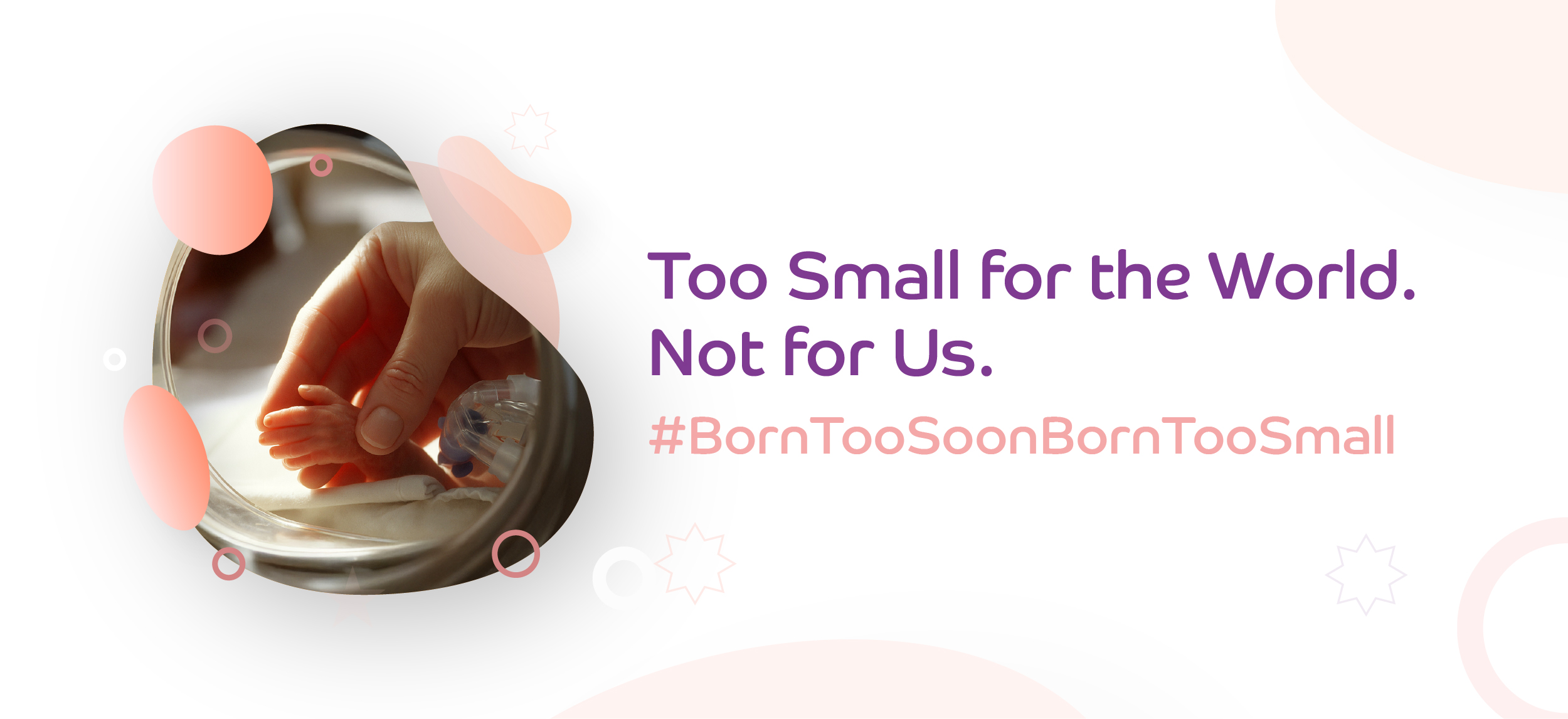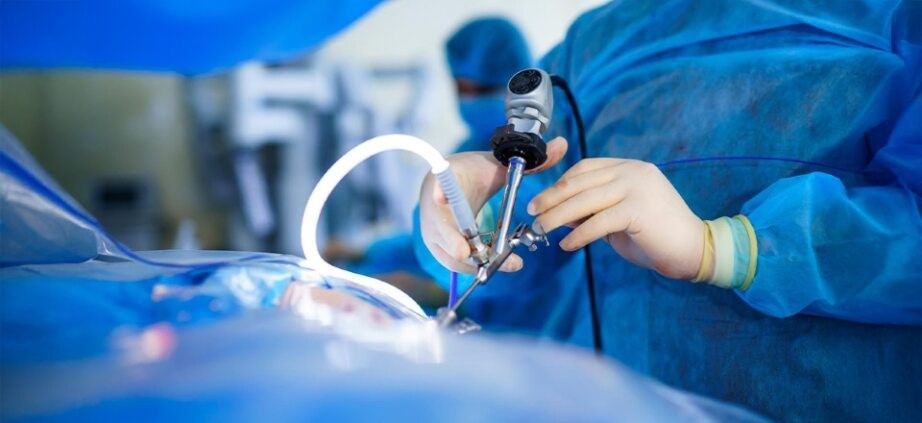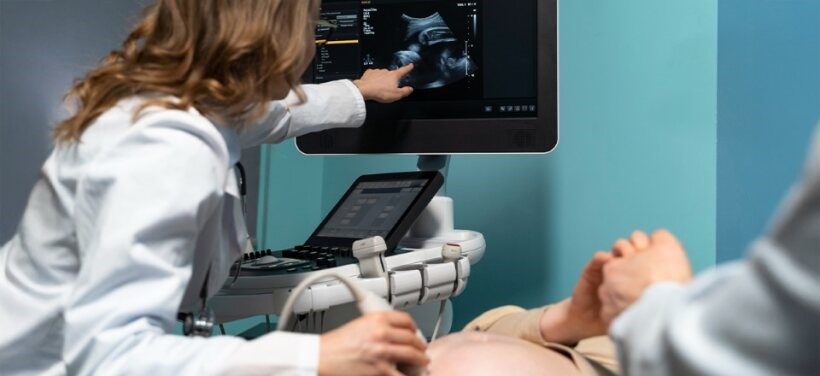Categories
Low Estrogen in Women: Causes, Symptoms, and Natural Remedies
Aug 06, 2025
Do these changes feel familiar? Arousal takes longer. Natural moisture is lower. Intercourse stings even with enough foreplay. You wake at 2–4 a.m. feeling too warm. Your period shows up late, lighter, or skips. These are everyday low estrogen symptoms you can notice without a lab. When estrogen falls, moisture drops, the vaginal lining gets thinner, your inner “thermostat” becomes jumpy, and the uterine lining builds more slowly. That biology explains sore sex, broken sleep, and drifting cycles. Use what you can see and feel to decide what to do this month.
Here is the template of the log you can use.
Disclaimer: This blog aims to provide general information and should not be considered a substitute for professional medical advice, diagnosis, or treatment. Always consult a qualified healthcare provider about your health. If you think you may be experiencing a medical emergency, seek immediate help.
1) Sex feels dry and stingy—could that be low estrogen, and what can I do tonight?
Yes, dryness and “paper-cut” stings fit low estrogen. Use a high-slip water-based or silicone lubricant every time; add a vaginal moisturizer 2–3×/week. If pain stays, ask about low-dose vaginal estrogen.
2) I wake hot at 2–4 a.m. and can’t get back to sleep—is this linked, and how do I calm it?
Common with low estrogen. Cool the bedroom, keep a steady sleep window, avoid late alcohol, and get morning daylight. If flashes are frequent or sleep collapses, discuss non-hormone options or body-wide therapy.
3) My periods are drifting or skipping—could low estrogen be blocking pregnancy plans?
It can delay ovulation and thin the lining. Track 3 months (dates, flow, mucus, ovulation-stick results). If surges stay inconsistent and you want pregnancy, speak to your clinician about timed ovulation support.
4) Can I lift estrogen “naturally” with food and exercise, or is that just hype?
Food first can help some: soy, flaxseed, sesame, chickpeas, whole grains. Add two short strength sessions weekly and brief, tolerable impact for bones. These ease symptoms; they don’t replace medical care when symptoms are strong.
The first 2–3 weeks: why comfort and sleep change quickly
- Vaginal comfort and lubrication. Estrogen keeps the tissue soft and moist. With less estrogen, natural lubrication falls and the skin at the opening becomes delicate. The result can be dryness, burning, or tiny “paper-cut” stings after sex.
- Temperature and sleep. Estrogen helps your brain hold a steady temperature. When levels dip, hot flashes or night sweats wake you and cut into deep sleep.
- Mood and focus. Estrogen supports the brain chemicals that steady mood and attention. With less support, small hassles feel bigger and routine tasks take longer.
Three timelines to watch
- Days to weeks: vaginal dryness, soreness at the opening after sex, hot flashes or night sweats, lighter sleep.
- 1–3 months: periods stretch out or get lighter; ovulation sticks stay negative or give brief, unclear surges; libido goes up and down.
- 6–24 months: joints feel stiff after sitting, skin is drier, bladder urgency shows up more often, and bone strength can drift down if nothing changes.
Low estrogen symptoms: what changes—and what to do now
Sexual comfort
- What changes: more time to feel aroused; less natural moisture; pain with penetration; stinging after sex.
- Why: lower estrogen means thinner tissue and less moisture, so friction goes up.
- Do now: use a gentle water-based or silicone lubricant every time; add a long-acting vaginal moisturizer 2–3 times a week. If pain continues, ask about low-dose vaginal estrogen (cream, tablet, or ring) that treats the tissue directly with very little reaching the rest of the body.
Mood, clarity, and daytime steadiness
- What changes: irritability, anxiety spikes, and “foggy” concentration.
- Why: reduced support for mood and focus pathways.
- Do now: fix a steady sleep window; keep the bedroom cool; avoid late-evening alcohol (it worsens night sweats); get 10 minutes of morning daylight to reset your body clock.
Cycles and fertility
- What changes: longer gaps between periods, lighter flow, or skipped cycles; fewer days of slippery, “egg-white” cervical mucus; ovulation sticks that miss or only briefly catch a surge.
- Why: estrogen helps build the uterine lining and cues ovulation; low levels can thin the lining and delay or prevent ovulation.
- Do now: track period dates, flow, and mucus for 3 months. If you want pregnancy and surges are inconsistent, talk with your clinician about medicines that trigger ovulation after a full check-up.
Bones, joints, skin, and bladder
- What changes: stiffness after rest, heel or knee aches, drier itchy skin, more hair shed, urinary urgency, or “UTI-like” burning with normal urine tests.
- Why: estrogen supports collagen, pelvic tissues, and bone turnover.
- Do now: add two short strength-training sessions weekly; aim for daily calcium and vitamin D through food first; use fragrance-free moisturizers; ask about local vaginal treatment if bladder or burning symptoms keep coming back.
A one-month home log (simple and useful)
- Sleep and heat: time of night sweats, number of awakenings, and morning energy (0–10).
- Sexual comfort: time to arousal, ease of lubrication, and pain during/after sex (0–10).
- Cycle and ovulation: period dates, flow level, cervical-mucus notes, ovulation-stick results.
- Mood and focus: daily 1–5 scores for calm, irritability, and concentration.
Here is the template of the log you can use.
What a clinic will check—and why
- History and exam: pattern of periods, number of hot flashes/night sweats, where sex hurts, bladder symptoms, medicines, and thyroid history.
- Cycle-aware blood tests (when needed): estrogen plus the hormones that guide the cycle; thyroid and prolactin if indicated. Results are read alongside your age and cycle day.
- Pelvic ultrasound: checks the uterine lining and ovaries and looks for structural causes of bleeding changes.
- Bone-density scan: if risk is high or periods have been absent for a long time.
- Simple vaginal tests: to tell low-estrogen tissue changes from an infection so treatment matches the cause.
Natural supports that actually help
- Food first: tofu, tempeh, soy milk, flaxseed, sesame, chickpeas, and whole grains. These “phytoestrogen” foods can gently help dryness and hot flashes for some women.
- Strength + a little impact: two days a week of resistance work (bodyweight or bands count) and brief, tolerable impact to signal bones to stay strong.
- Cool-sleep routine: breathable bedding, a pre-sleep shower, and less late caffeine or alcohol.
- Pelvic care: scheduled vaginal moisturizers; a high-slip lubricant; consider a pelvic-floor therapist if muscles have tightened after painful sex.
- Calm the spikes: slow breathing or short mindfulness breaks lower the adrenaline jolts that set off flashes.
Medical options to discuss (step by step)
- Vaginal estrogen (low dose): cream, tablet, or ring for dryness, pain with sex, and bladder irritation. Acts locally.
- Body-wide hormone therapy: tablets, patches, or gel for frequent hot flashes and poor sleep, after a personal risk–benefit review.
- Non-hormone medicines for hot flashes: certain prescription options (often used for anxiety or nerve pain) can cut the number and intensity of flashes when hormones aren’t suitable.
- If trying to conceive: discuss timing support or medicines that trigger ovulation after evaluation.
- Bone protection: food-based calcium and vitamin D, loading exercise, and medicine if a bone-density scan shows significant loss.
A clear, do-now plan
- Week 1: start the symptom log; begin a scheduled vaginal moisturizer; use a gentle lubricant every time you’re intimate.
- Week 2–3: set a consistent sleep window; cool the bedroom; move evening alcohol earlier or skip it; add two 30-minute strength sessions. Note changes in night heat and next-day energy.
- Week 4–8: if sex still hurts, ask about vaginal estrogen; if cycles are irregular and you want pregnancy, discuss ovulation-triggering medicines; if hot flashes exceed 7–10 per day or sleep collapses, review body-wide options.
- Every 3 months: if periods remain very light or absent, or if bone or bladder symptoms grow, book a full review.
Best Gynecologist in Delhi: how to choose, and what “best” should include
“Best” is not a slogan; it is a checklist:- Clear evaluation: cycle-aware hormone tests, pelvic ultrasound, and a simple symptom-tracking template.
- Layered treatment: lifestyle tools, non-hormone options, vaginal estrogen for local symptoms, and body-wide hormone therapy when appropriate—with monitoring.
- Pelvic and sexual-health focus: routine care for dryness and pain with sex, easy referrals for pelvic-floor therapy, and stepwise plans.
- Bone and heart basics: access to bone-density scans when needed, calcium/vitamin D guidance, and blood-pressure and cholesterol checks.
- Shared decisions in writing: why a treatment is suggested, what to expect, and when to review.
Bottom line
Low estrogen symptoms show up in ordinary life: slower arousal, less moisture, night-time heat, lighter sleep, and a cycle that starts to wander. These signals have straightforward biology behind them. Track what you feel for a month, add the simple steps that help now, and involve a clinician when patterns persist. Relief is most reliable when your plan links what you notice to what your body does—and treats both with equal care.Disclaimer: This blog aims to provide general information and should not be considered a substitute for professional medical advice, diagnosis, or treatment. Always consult a qualified healthcare provider about your health. If you think you may be experiencing a medical emergency, seek immediate help.











